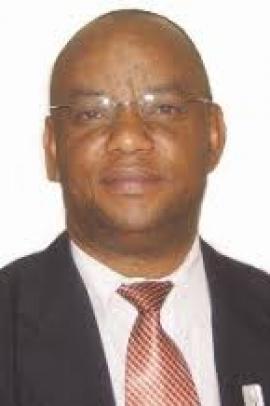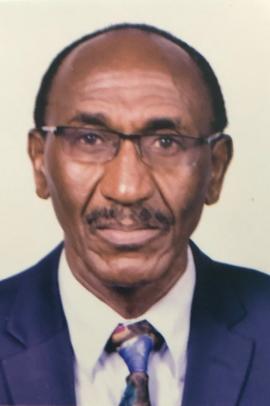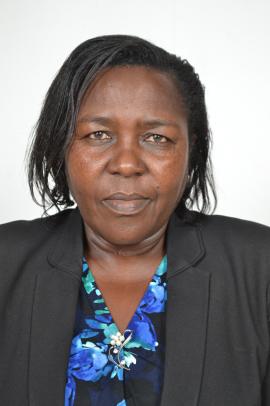HIstorical Setting: ODeL Campus
The establishment of the ODeL is linked to the history of Open, Distance and e-Learning (ODeL) in Kenya and the University of Nairobi in particular which goes back to the establishment of the first Department of Extra Mural Studies at Makerere University in 1953 and later the appointment of a resident tutor for Kenya in 1956. The mandate of this department was to conduct open learning courses at community level. In 1962 the Department of Extra Mural Studies was transferred from Makerere University to the then Royal College Nairobi which later became the University of Nairobi in 1970. In the same year, that is 1962, the College of Social Studies based at the current Kikuyu Campus, which had run an independent centre for residential adult education since 1961, was absorbed into the University College, Nairobi. The Centre together with the Extra-Mural Department became the Institute of Adult Studies. In 1967, a Correspondence Course Unit was established as another department in the Institute. In 1983, the Institute of Adult Studies was accorded College status and became the College of Adult and Distance Education (CADE). In 1988, the University of Nairobi re-introduced the Faculty of Education in the University and placed it in the College of Adult and Distance Education (CADE). The College was then re-organized, re-structured and renamed the College of Education and External Studies (CEES) with three faculties namely; Faculty of Education, Faculty of External Studies and Faculty of Social Sciences. In 2005 the Faculty of Social Sciences was disbanded and merged with other faculties in the University. The Faculties of External Studies and Education were renamed School of Continuing and Distance Education and School of Education, respectively; and a new centre namely, the Centre for Open and Distance Learning (CODL), was also created to facilitate all other Faculties/Schools/Institutes/Departments in the University to develop the ODeL component of their programmes. The School of Continuing and Distance Education continued with its mandate of admitting, teaching and graduating students in its three departments namely Educational Studies, Distance Studies, and Extra Mural Studies. The Department of Extra Mural Studies comprises initially had six Centres in Mombasa, Kisumu, Nairobi, Nyeri, Nakuru and Kakamega but these later were expanded to other areas such as Garissa, Meru, Isiolo,Embu, Kitui, Machakos, Wote, Kisii, Bungoma, Eldoret and Kitale. The expansion was due to great demand by local communities to enroll for University of Nairobi programmes and be able to undertake them in a convenient and flexible way. Due to declining enrollment and the Covid-19 pandemic, all these learning centres have been closed except those located in University Campuses in Mombasa, Kisumu and Nairobi.
In February 2015, the University appointed a taskforce chaired by Prof. Timothy Waema to mainstream ODeL into teaching and learning in the University. It proposed that all the units that have something to do with Open, Distance and electronic Learning be integrated into a single Unit. These include the School of Continuing and Distance Education (SCDE), Centre for Open and Distance Learning (CODL), eLearning Directorate and the e-Learning unit at ICT Centre. The document approved by Council laid out a five-year strategic plan from 2015 – 2020 and the Statute. The Statute provided for College level status and representation at the University Executive Board. The Campus was launched and operationalized in February 2017 by appointing a Director and a Deputy Director. In order to carry out the mandate as stated in the statute, an operational structure consisting of the functions of Open Distance and e-learning was developed. The departments created are Courseware Development and Production, Programme Delivery and Learner Support, e-Learning and Research, Evaluation and Short Lifelong Learning Courses. The organizational structure enabled smooth coordination of tasks, allocation of resources in terms of physical offices, staff and finances and a system for monitoring and evaluation of performance and measurement of results.





